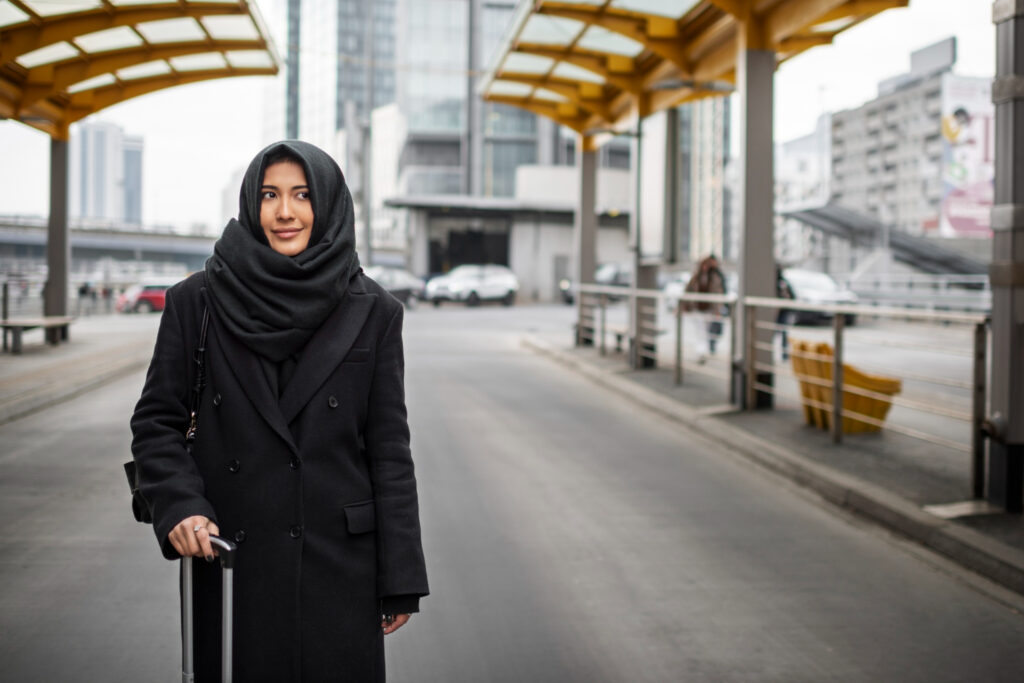The Hajj, the annual Islamic pilgrimage to Mecca, is a profound spiritual journey undertaken by millions of Muslims worldwide. This sacred pilgrimage holds immense significance in the Islamic faith and carries a deep sense of devotion and unity among believers. In this article, we will provide a comprehensive Hajj guide to understanding and embarking on the Hajj, exploring its rituals, significance, and the steps involved in this transformative experience.
Understanding Hajj
The Hajj, one of the Five Pillars of Islam, is a mandatory religious duty for Muslims who are physically and financially capable of making the journey. It is a commemoration of the trials and tribulations faced by the Prophet Ibrahim (pbuh) and his family, including his wife Hajar and their son Ismail (pbuh). It symbolizes submission to Allah, unity among Muslims, and the equality of all before Allah.
Hajj Guide
Firstly, Ihram:
The journey begins with entering into a state of Ihram, a spiritual and physical state of purity. Pilgrims wear simple white garments, avoiding anything that may distract from their devotion to Allah.
Secondly, Tawaf:
The second ritual is Tawaf, circling the Kaaba, the sacred house of Allah, 7 times in an anti-clockwise direction. This act signifies the unity of Muslims and their devotion to Allah.
Thirdly, Sa’i:
Pilgrims then proceed to Safa and Marwa, where they perform Sa’i, walking 7 times between the two hills. This ritual commemorates Hajar’s search for water for her son Ismail and represents perseverance and trust in Allah’s providence.
4. Mina:
Pilgrims Stay overnight in Mina, except for those whose job is to bring water and tend livestock.
5. Mount Arafat:
On the 9th day of the Islamic month of Dhu al-Hijjah, pilgrims gather at Mount Arafat, where Prophet Muhammad (pbuh) delivered his farewell sermon.
Here, pilgrims engage in supplication, and reflection, and seek forgiveness from Allah.
6. Muzdalifah:
After sunset, pilgrims move to Muzdalifah, where they spend the night in prayer and contemplation. They collect pebbles for the stoning ritual the next day.
7. Stoning:
Pilgrims proceed to Mina, where they perform the symbolic stoning of the Devil by throwing pebbles at three pillars. This act symbolizes the rejection of evil and the defiance of Satan’s temptations.
8. Sacrifice:
After the stoning ritual, Muslims offer an animal sacrifice, known as Qurbani, to commemorate the willingness of Prophet Ibrahim to sacrifice his son, Ismail, as an act of obedience to Allah’s command.
9. Halq and Taqseer:
Two different methods of completing the act of Hajj, specifically in relation to the shaving or trimming of hair.
Read More about Hajj Rituals: Obligatory Acts of Hajj
Lastly, Farewell Tawaf (Tawaf Al-Wida)
Farewell Tawaf is performed by pilgrims just before leaving Mecca. It is recommended to perform it after completing all the other obligatory acts of Hajj, including the stoning of the Devil, and sacrifice.
However,
many pilgrims arrive early and stay for additional days to perform optional acts of worship.
Hajj Guide | Hajj Days
The Hajj lasts for several days, with each day holding its own significance:
- Firstly, Day of Tarwiyah: Pilgrims proceed to Mina and spend the day in prayer and reflection.
- Secondly, Day of Arafah: The most important day of Hajj, pilgrims gather at Mount Arafat to seek forgiveness, engage in supplication, and perform acts of worship.
- Lastly, Days of Tashreeq: After the stoning ritual and sacrifice, pilgrims spend the next three days in Mina, engaging in additional stoning rituals and other acts of worship.
Violations and Penalties
While performing Hajj, it is crucial to adhere to the rules and regulations set by the Saudi Arabian authorities. Violations such as:
overcrowding, littering, or engaging in inappropriate behavior can attract penalties, including fines or even deportation.
It is essential to respect the sanctity of the pilgrimage and follow the guidelines provided by the authorities and religious scholars.
FAQs
Q: How long does the Hajj last?
A: The Hajj pilgrimage lasts for several days. The main rituals are performed within a span of five to six days, starting from the 8th to the 12th day of the Islamic month of Dhu al-Hijjah.
Q: Who is required to perform Hajj?
A: Hajj is obligatory for adult Muslims who are physically and financially capable of undertaking the journey to Mecca.
It is not mandatory for those who are unable to afford the expenses or those who are in poor health.
Q: What is the significance of Hajj?
A: Hajj holds immense significance in Islam as it represents the unity of Muslims, the equality of all believers before God, and the submission to Allah’s commands.
It is a journey of spiritual purification, self-reflection, and seeking forgiveness.
Conclusion
Embarking on the Hajj pilgrimage is a transformative experience that holds immense spiritual significance for Muslims around the world. By understanding the rituals, following the Hajj guide, and embracing the lessons of submission, unity, and devotion, pilgrims can embark on a journey of self-discovery, spiritual growth, and deepening their connection with Allah. May all aspiring pilgrims have the opportunity to embark on this sacred pilgrimage and have their Hajj accepted by the Almighty.






